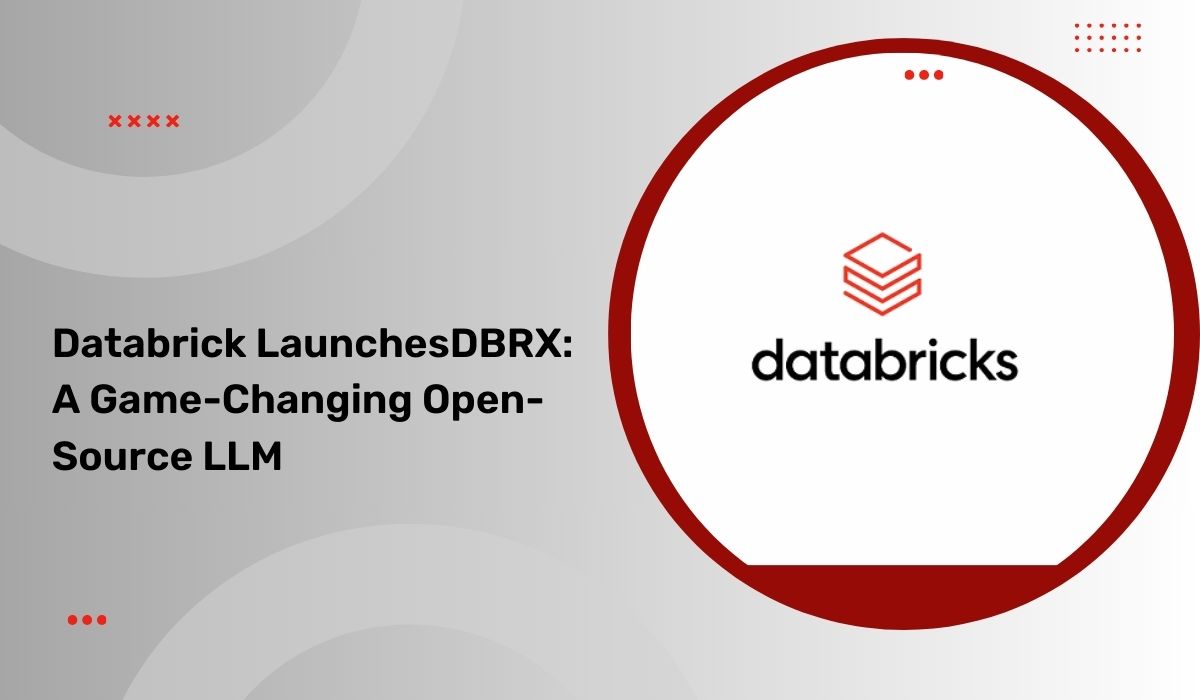
Databricks, a leading provider of data and AI solutions, has introduced DBRX, heralding it as a groundbreaking open-source large language model (LLM) that raises the bar for open models in the industry. The company asserts that DBRX, with its 132 billion parameters, surpasses established options like GPT-3.5 on various industry benchmarks, marking a significant advancement in language understanding, programming, and mathematical tasks.
The unveiling of DBRX signifies a notable achievement in the realm of open-source LLMs, with Databricks highlighting its superior performance compared to popular alternatives such as LLaMA 2 70B, Mixtral, and Grok-1. Furthermore, DBRX outperforms Anthropic's closed-source model Claude on specific benchmarks, underscoring its prowess in the domain of language and reasoning capabilities.
Powered by a more efficient mixture-of-experts architecture, DBRX demonstrates state-of-the-art performance, boasting speeds up to 2x faster at inference than its counterparts, despite having fewer active parameters. Databricks emphasizes the model's efficient training process, which it claims to be approximately 2x more compute-efficient than dense alternatives. With DBRX pretrained on an extensive 12 trillion tokens of meticulously curated text and code data, Databricks aims to offer enterprises a robust platform to develop customized reasoning capabilities tailored to their specific needs.
DBRX's release has garnered praise from industry partners and analysts alike, with Accenture, Block, Nasdaq, Prosus, Replit, and Zoom among those lauding its potential to accelerate enterprise adoption of open, tailored LLMs. Analysts foresee DBRX driving a paradigm shift towards open-source models as enterprises seek solutions that match proprietary performance while maintaining control over their intellectual property.